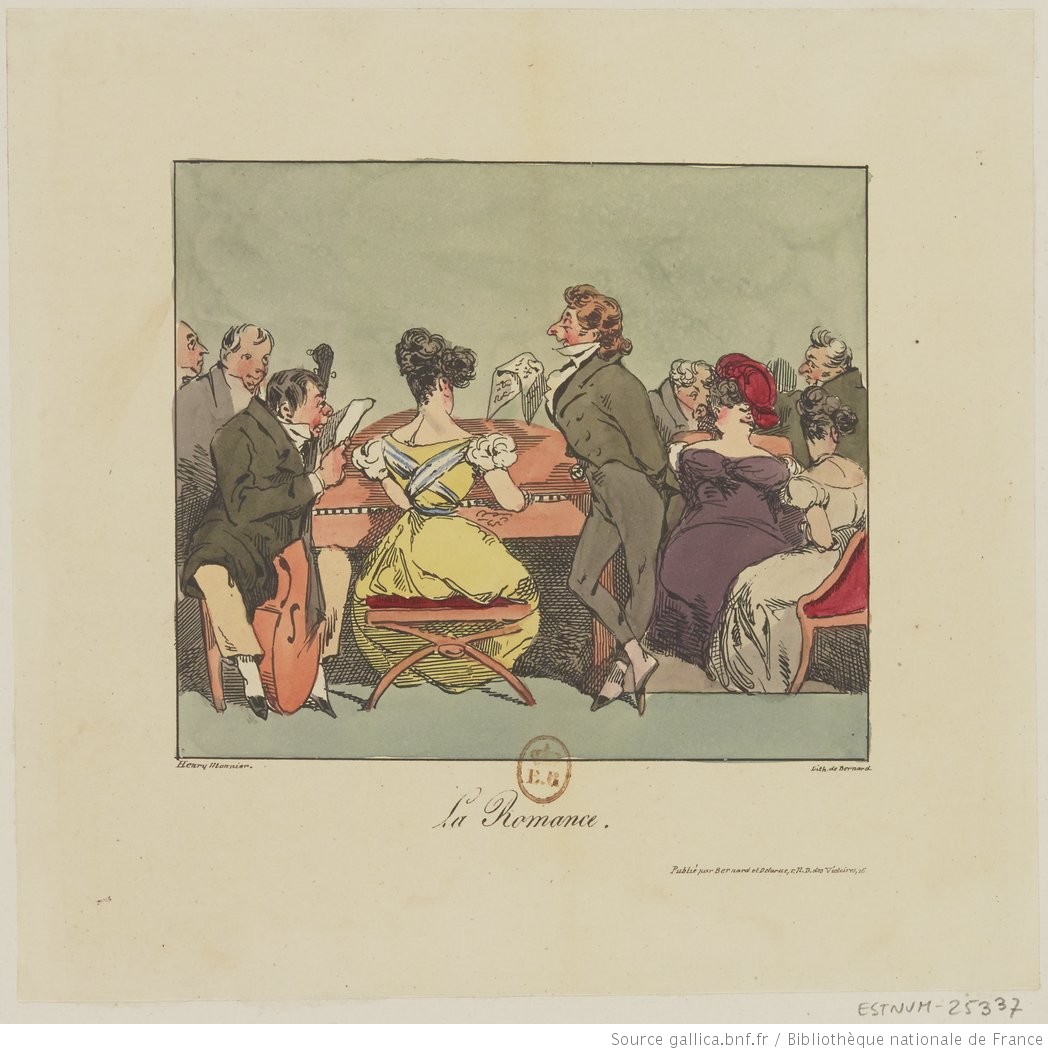
Nathan Dougherty, of Case Western Reserve University, explores the now largely forgotten genre of the romance and its significance to nineteenth-century French audiences and performers.

Musicologist Tommaso Sabbatini reflects on life and theatre within the French capital at the time of its second Exposition Universelle.
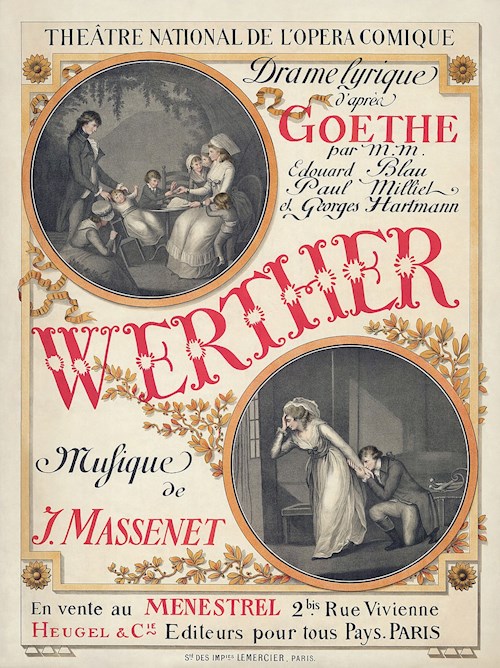
A specialist in music of nineteenth-century France, Lesley A. Wright recounts the reception of Jules Massenet's opera Werther in the French capital, while recalling some early recordings.
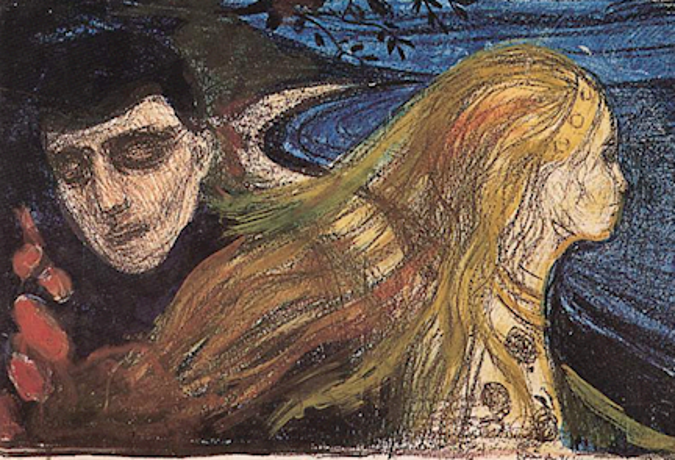
Contemplating Schönberg's op. 5 symphonic poem Pelleas und Melisande, Derrick and Kathryn Puffett explore similarities and differences with Maeterlick's source play, Debussy's opera and Wagner's characteristic musical discourse.
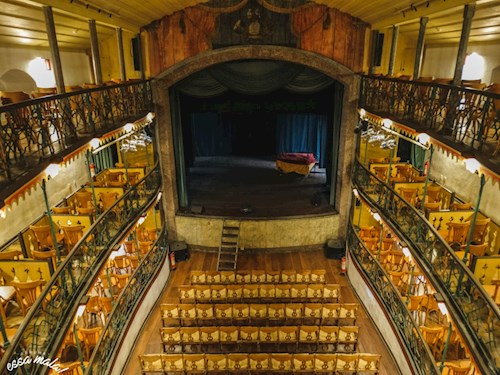
Doctoral student Mahima Macchione reports on the production, dissemination and reception of opera beyond European borders.

Asian theatre specialist Daphne P. Lei, Professor of Drama at University of California, Irvine, explores the meaning and definition of 'Chinese opera', an imaginary Western construct.

Professor Luis Díaz-Santana Garza, of Zacatecas Autonomous University, offers a snapshot of the cultural history of the guitar, its various musical meanings and socio-political associations, in nineteenth-century Mexico.

Tango experts Kacey Link and Kristin Wendland offer a useful guide to tango music, while charting its colourful history.

How do we imagine listening, not only to the sounds around us, but to those of our past experiences? Specialists in interactive sound media, Alessandro Altavilla and Atau Tanaka investigate.
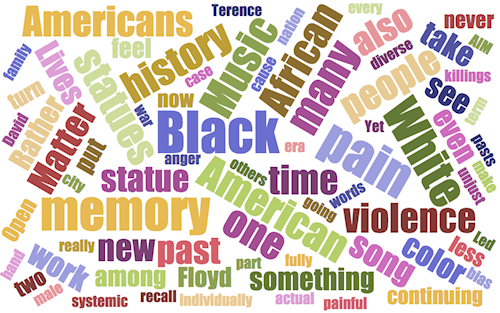
Lecturer at Yale University, Ian MacMillen contemplates the role of music in the articulation of race and race relations, drawing on research from the interdisciplinary field of memory studies.

Ethnomusicologist and recent Harvard graduate Rujing Huang addresses contemporary revivals of yayue, ritual music performed in the courts of ancient and imperial China, focusing on attempts to reclaim the so-called 'yayue scale' and its symbolic aspect.

Zachary Loeffler, a postdoctoral fellow at the University of Chicago, explores the aesthetic, socioeconomic and ethnoracial dimensions of the journalistic criticism that has emerged around the pianist Lang Lang.

Bissera V. Pentcheva, Professor of Art History at Stanford University, reflects on her recent multidisciplinary project 'Icons of Sound' and its insights into the intersection of acoustics, architecture and liturgy.

Pierpaolo Polzonetti, Professor of Music at UC Davis, offers a gastro-musicological perspective on our consumption of food and drink in the concert hall or opera theatre.
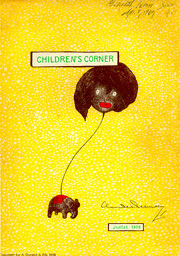
Steven Rings asks how and why Debussy's 1908 'Golliwog's Cakewalk' was orchestrated for an American commercial radio station in the 1930s. What can the little-known later version reveal about attitudes towards popular music and jazz, race relations, and technology's efficacious nature?

A doctoral student at UC San Diego, Keir GoGwilt presents his ongoing research into historical performance pedagogy, focusing on the eighteenth-century Italian professor Francesco Galeazzi and the art - or is it science? - of violin performance.

Italian opera expert Roger Parker recalls two twenty-first-century Verdi celebrations and what they tell us not only about the composer, but ourselves.

Musicologist Maribeth Clark explores how the song of a hermit thrush - heard while driving through mountains in southwestern Vermont - fascinated musicians and non-musicians alike in the nineteenth century.

Philip Auslander, Professor of Performance Studies and Popular Musicology at Georgia Institute of Technology, offers a new and different account of John Cage's infamous work 4'33", drawing on his recent study of "musical persona".
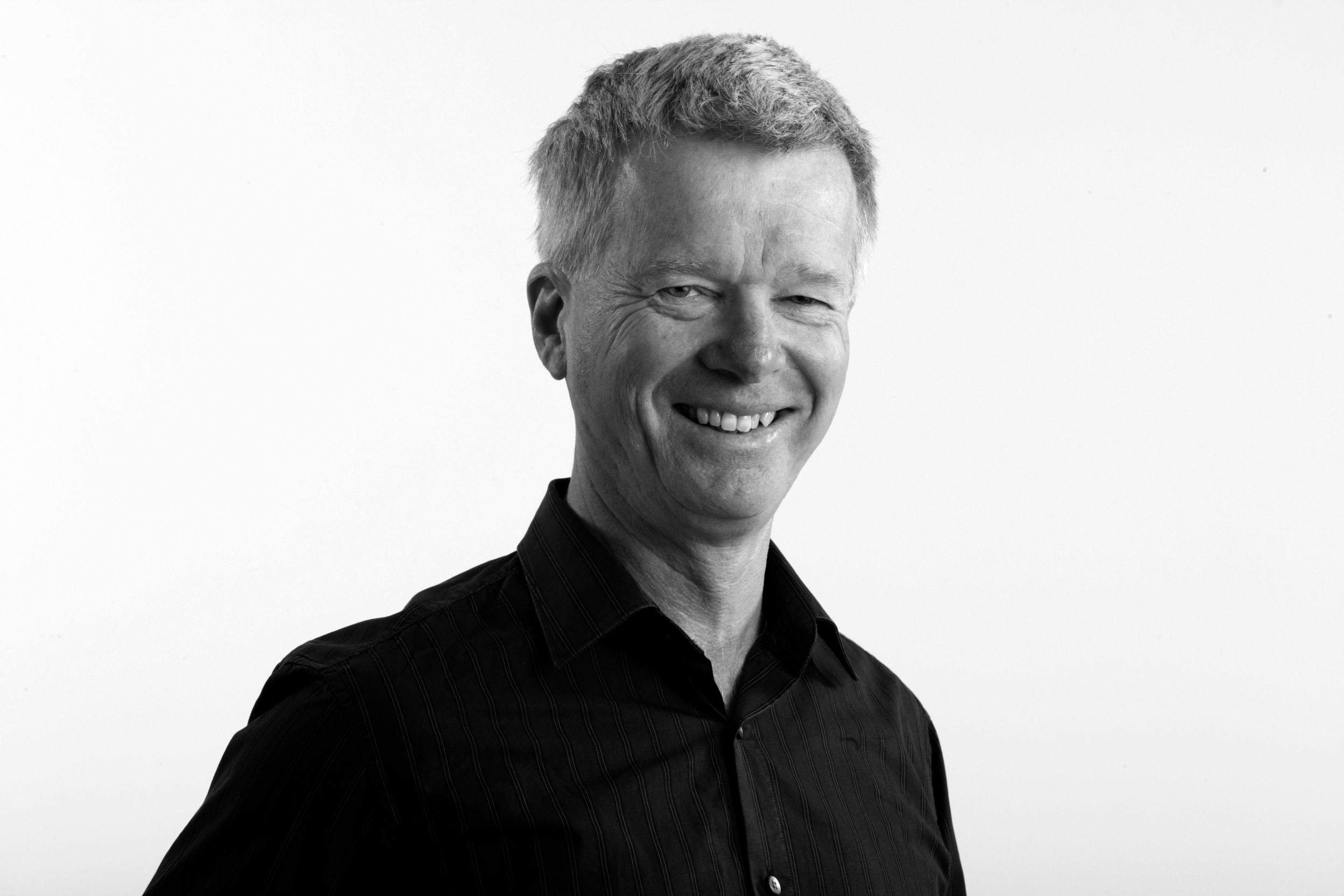
Emeritus Professor Peter Walls (Victoria University of Wellington), former CEO of the New Zealand Symphony Orchestra, explores the nature and meaning of orchestral concert programming and the challenges of establishing an equilibrium among competing priorities.
Associate Professor of Aesthetics at the Moholy-Nagy University of Art and Design (MOME) in Budapest, Bálint Veres offers a philosophical account of the theatrical and opera arts, as well as Richard Shusterman's recent conceptualization of art as a form of dramatization.
Sergio Ospina Romero, incoming Assistant Professor at the Jacobs School of Music at Indiana University, Bloomington, reflects critically on the principal scholarly narratives about the creation and dissemination of jazz, its U.S. appropriation and its resonance with local Caribbean musical styles.
Journalist, critic and memoirist, Thomas Larson explores his affinity for music and language and the ambiguity that results when the two artistic expressions mix.
Composer Michael Norris (Associate Professor at Victoria University of Wellington) describes the creative inspiration behind his 2019 work Rerenga, exploring the influence of native New Zealand music and culture.